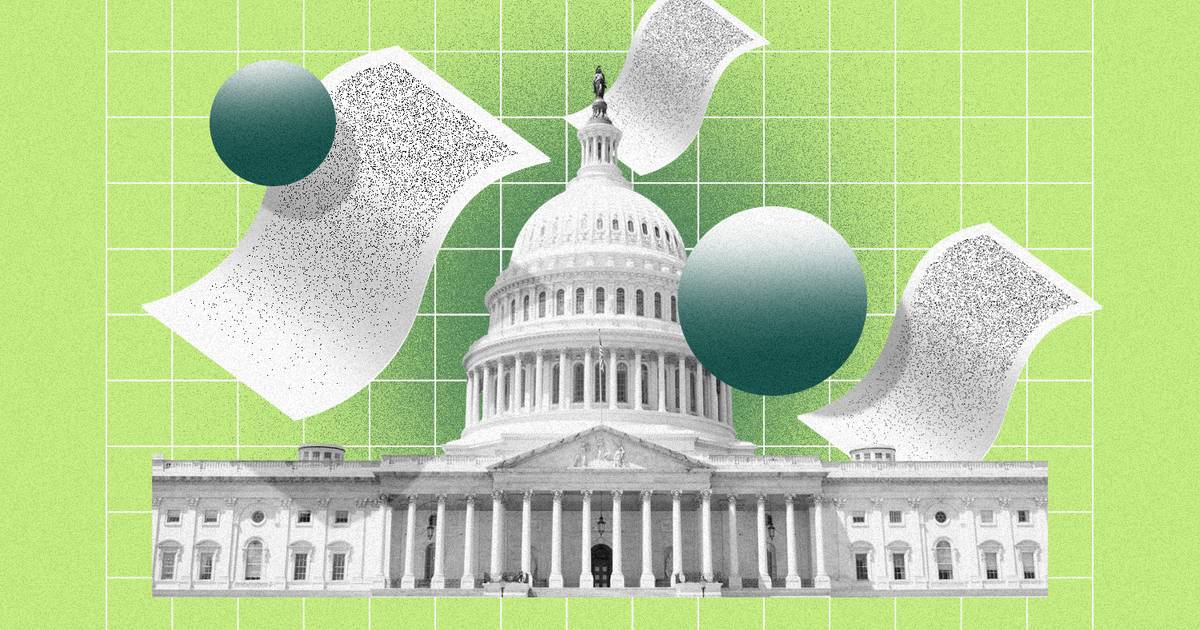You know that healthcare staffing gaps hurt your organization’s bottom line. But do you know exactly where those losses come from?
Given the unending healthcare worker shortage, this is something every HR pro should know.
Find out what are those unfilled positions costing you, directly and indirectly—and what it means for your recruiting and retention programs.
Physician Vacancies: The Cost of Lost Opportunity
It’s a given: the shortage of healthcare workers, especially physicians and nurses, strains hospitals both operationally and financially.
In particular, physician vacancies result in substantial revenue losses. According to a recent industry study, a single physician generates an average of $2.4 million in annual net revenue for their affiliated hospital. And it can be much higher for certain specialties.
Do the math. One open physician position generates a revenue loss of about $200,000 per month—and filling such positions typically takes many months. For example, the time-to-fill (TTF) a urology position averages 344 days—just under 12 months. Multiply that by every vacancy over the course of a year, and that’s a sea of red ink on your balance sheet.
The Financial Impact of the Nurse Shortage
Nursing vacancies hurt hospital finances, too. According to research, the average turnover cost for a staff registered nurse is $56,300. This figure factors in lost productivity, as well as recruiting and onboarding expenses for their replacements.
The same study found that it takes an average of three months to fill a vacant nursing position. During this period, hospitals may plug the gap by offering overtime to existing staff (generally at time-and-a-half pay rates or higher) or by hiring contract nurses, who don’t work for free themselves.
The Hidden Costs of Healthcare Vacancies
Some financial losses are harder to spot.
For example, hospitals often fill open roles with locum tenens physicians and contract nurses. While that helps maintain mandatory staffing levels, it doesn’t recoup all their losses. For one thing, temporary labor is typically less productive than permanent talent—and for most healthcare organizations, there’s quite a learning curve to master.
For another, inconsistent staffing can impact patient care, due to unfamiliarity with procedures and communication practices. (That’s why it’s key to onboard all new hires thoroughly, even for short-term assignments.)
In addition, when vacancies lead to increased workloads for existing staff, it can exacerbate burnout—already an industry-wide problem. This in turn may trigger higher resignation rates, triggering an endless turnover cycle.
The Ripple Effect on Communities
On top of everything else, a hospital worker shortage can have a far-reaching effect on the community it serves, impacting everything from individual health outcomes to the broader social and economic well-being of the area.
Staff shortages can result in longer wait times, service closures and delayed preventive care—not to mention the hospital’s ability to respond to a public health crisis.
This can lead to reduced patient satisfaction and a wide-spread erosion of confidence. Patients may start to go elsewhere for treatment, hurting the organization’s brand and in turn the bottom line.





